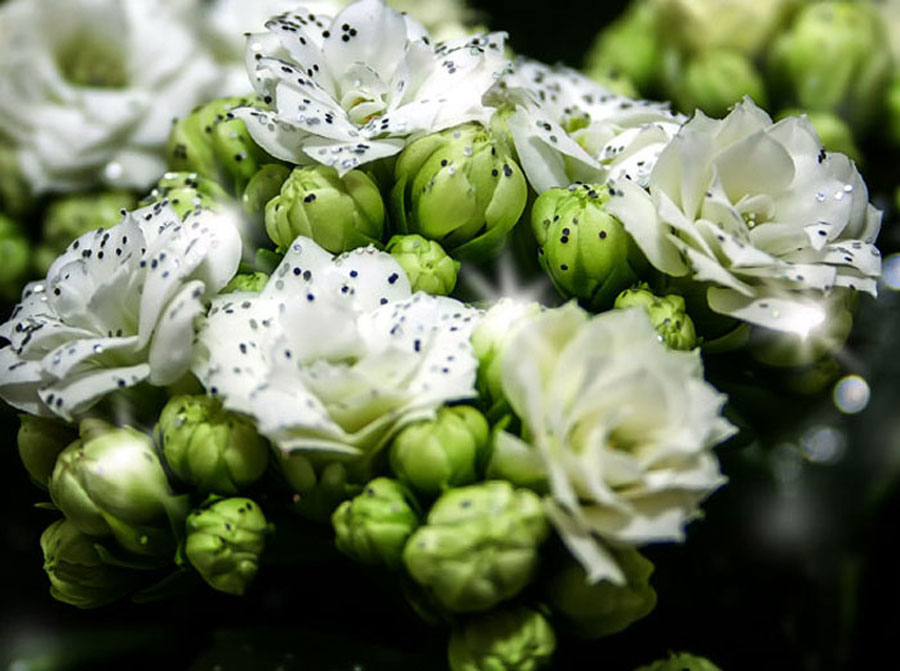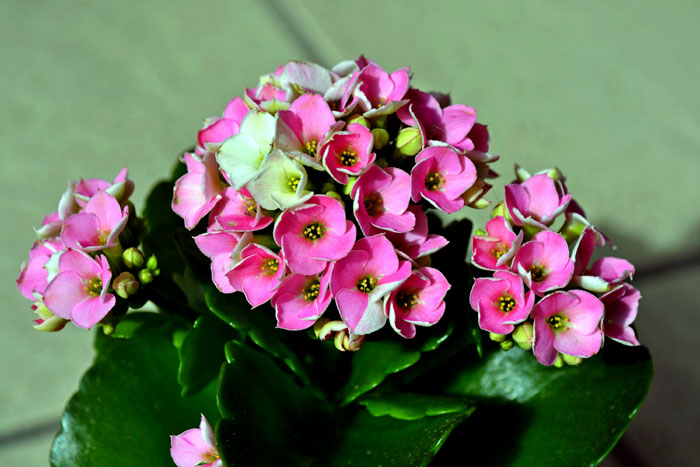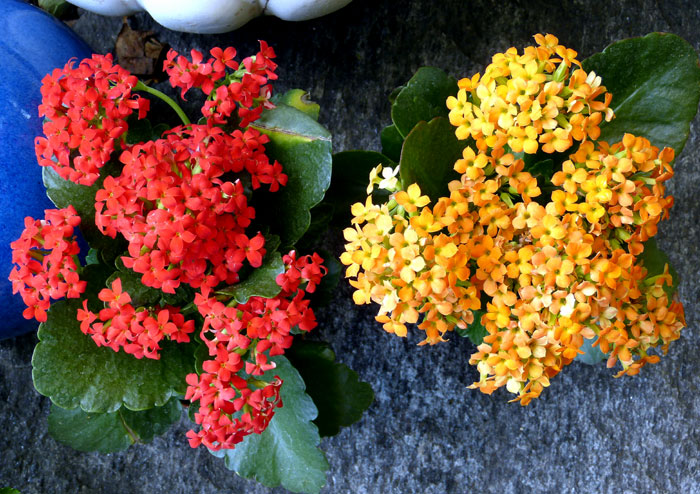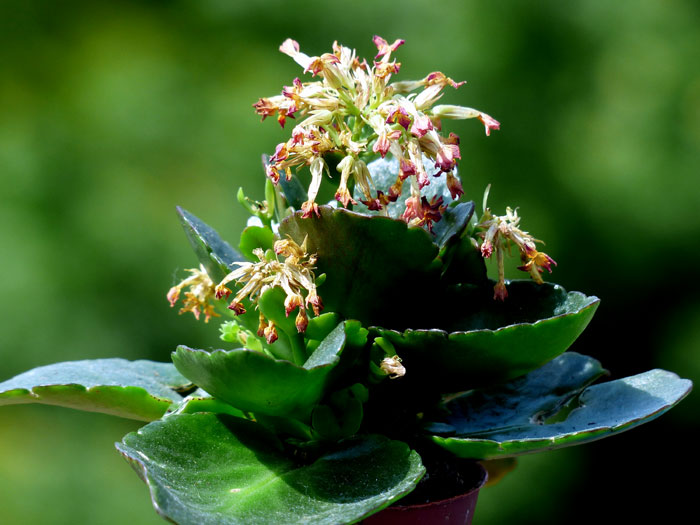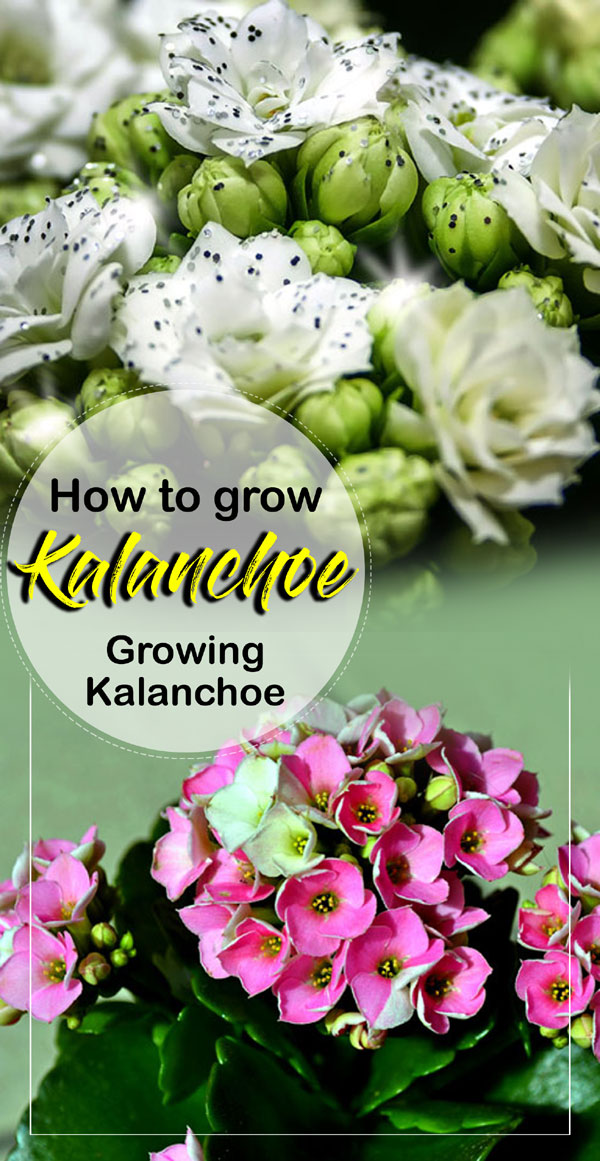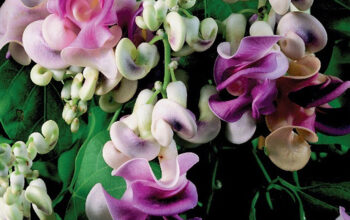Kalanchoe (kalanchoe blossfeldiana)
Know kalanchoe care tips, kalanchoe propagation, and kind of part needs best for bryophyllum plant. Kalanchoe is a flowering plant with 125 species. This plant is from crassulaceae family, it is native to Madagascar, Africa. Kalanchoe plants are succulent having thick leaves. kalanchoe blossfeldiana flowers can be found very easily. These plants are grown in pots because of some special climatic requirements.
Bryophyllum plant blooms in a cluster of many tiny flowers. This cluster is held on the stem above all the foliage. This arrangement makes this plant look heavenly.
Kalanchoe overview
Scientific name Kalanchoe blossfeldiana
Kingdom Plantae
Popular names Kalanchoe, Bryophyllum
Plant type Flowering plant
Sun requirement Bright full sun
Water requirement Very less
Soil conditions Sandy dry soil
Soil pH 7.5 -8
How to grow Kalanchoe
kalanchoe propagation and plantation
- Kalanchoe plants are fun to grow from cuttings. The vegetative stems produce the simplest plants and root quickest. Take a 2- to 3-inch (5-7.6 cm.) section and strip off a few leaves from the bottom. Let the cutting sit at a warm, dry location to make a callus at the bottom.
- Plant the cutting in pre-moistened peat and perlite up to the primary leaf. Enclose the whole pot in plastic to make a touch terrarium to conserve the moisture. Place the pot near a bright window with indirect light. Cuttings will root in 14 to 21 days and are then able to transplant.
Soil and location requirement
- Bryophyllum grows well in well-drained and well-aerated soil. 60% peat moss and 40 % perlite. Keep these plants in bright light, slightly under some shade. The frosting might kill your plant and will not allow it to bloom. Water it well and you shall then keep it in direct sun.
- If you like to keep your plant indoors, then do not put it in the direct bright sun. First, you would want to keep it in some shaded areas when the sun will not hit directly on the tender leaves. This direct sun can burn the leaves of these plants. If you are bringing this plant from indoors to outdoors.
Water requirements
- Bryophyllum plants have fleshy leaves and stems. These plants store water in their leaves. This is the reason why much water is not required to this plant. Kalanchoe plants grow well and healthy in good drainage.
- Water your plant well and water again when it is drained completely. The frequency of watering your plant will vary on the climate you live in. remember before watering check on the soil. If you see little cracks on the soil due to heat, it means your plant needs water.
- Do not put your kalanchoe in a pot with no drainage hole. Water might get accumulated at the bottom which can cause the roots to rot.
Temperature requirements
- 55 – 60 F is considered as the best suitable temperature for kalanchoe plants. These plants bloom best in moderate areas. It would be better if we call it a moderate climate. Nothing less than 12 C. if you can maintain the temperature of this plant it will give you amazing blooms. This is the only requirement of kalanchoe blossfeldiana plant.
Kalanchoe care tips
Kalanchoe care tips for a second bloom
- Although the plant foliage of growing kalanchoe succulent plants is interesting even without blooms, the flowers make the foremost spectacular display. To force the plant to bloom again, you want to fool it into believing it’s experienced winter.
- During October and early March, the day lengths are short enough to naturally force flower buds. In other periods, you’ll need to put the plant inside a closet or dim room for many days. Bring it out just for morning light then put it away after a couple of hours. The plant needs six weeks of 12 to 14-hour darkness to make spectacular new flowers.
- The absolute temperatures for the formation of flowers are 42-45 F. (4-7 C.) in the dark and 60 F. (16 C.) during the day. Kalanchoe looks after plants that have begun to make buds is that the same as that for flowering plants.
Fertilizers and manures
- Topcoat Kalanchoes with worm castings and compost every spring; even those growing indoors. If you’ve got a balanced organic houseplant fertilizer, you’ll apply that in spring and summer if you think that your plant needs it.
- If required urgently you might use Eleanor’s of-11 4-6 times during the hotter months. Don’t fertilize houseplants in late fall or winter because that’s their time for rest.
- Don’t over-fertilize your Kalanchoes because salts build-up and may burn the roots of the plant. this may show up as brown spots on the leaves. Avoid fertilizing a houseplant that’s stressed, i.e. bone dry or soaking wet.
Pest and diseases bryophyllum
These kalanchoe plants are subject to pests like aphids and mealybugs. These bugs have the capability to multiply themselves in a very short span. So if you see something going wrong with your plant treat it immediately before it gets too late.
Read also:
How to grow Nigella Damascena flowers. How to grow and care for petunia. Growing Chinese cabbage at home. Growing grapes in containers. 09 unique flowers for the amateur garden. Giloy growing and care tips. Princess flowers growing in pots. 10 Best vegetables to grow in pots. Gaillardia flowers growing guide. 9 Fast-growing vegetables. Sunflowers Growing from seeds. Anthurium plants growing and care tips.
For pin

